This is a Power LED driver, capable to provide up to 15W of power to turn on a single or mutiple LEDs. It is basically a current source made tiny. A lot of them are available on Hackaday or in the world, but I didn't find a ready to use board with such specifications that I want to have.
This is a project already made in the past, started few month ago. I think just now to publish it here, where tough feedback can be received, and improvement achieved.
From pictures you can see that the revision is not the first: few attempts were made in the past to reach the actual characteristics.
I plan to use this LED driver on my other projects, as a companion board for anything I can imagine, if a current source is needed, of course.
Here, it is also inserted the new revision data, along with the original one.
Project summary
- Technology: switching buck regulator
- Input voltage: 4V to 20V
- Output voltage (LED Vf): 0.3V to 20V
- Sourced current: up to 1A (set by default to 570mA)
- Size:
- Revision 1: 21mm x 32mm
- Revision 2: 19mm x 24mm
- Efficiency: 90%
- Operating Temperature: -40°C to 60°C
- Safety features:
- Short circuit immune
- Open circuit immune
- Safe state (off) when no control is applied
- Overtemperature protected
- Control features:
- PWM control: voltage swing from <0.4V to >1.8V up to input voltage, max PWM frequency 5kHz
Any external link is shown in the project's links.
How to use it
The driver has 3 input pins
- VIN: the input voltage
- GND: ground
- EN/PWM: the control pin
Any board handling any type of digital signal can be used to drive the EN pin. Any signal lower that 0.4V result in a full off driver; any signal higher that 1.8V fully turns on it
The output is made by 2 pins
- LED anode
- LED cathode
Just connect the LED respecting the polarity, or the LED can fail.
Setting the current
Assuming that the input voltage is respected, the driver can light any LED which is designed to take around 570mA, but can be tweaked to provide up to 1A. A sense resistor is used to set this current: a different sensing value can be used to adjust the output current.
I made this resistor fixed (but interchangeable) for a security reason: knowing myself, I eventually change the resistor and burn the LED, if it wasn't fixed.
 Enrico
Enrico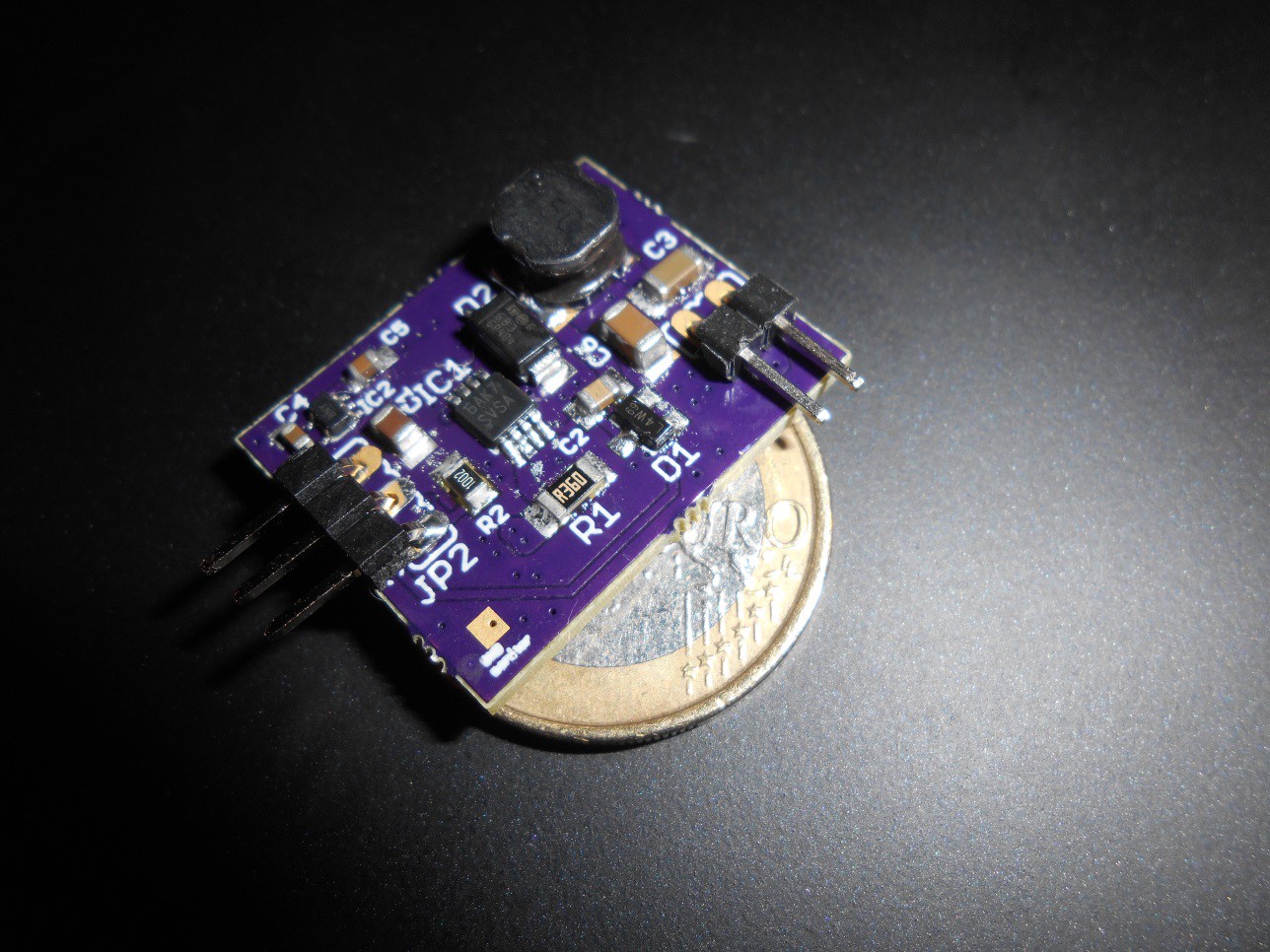
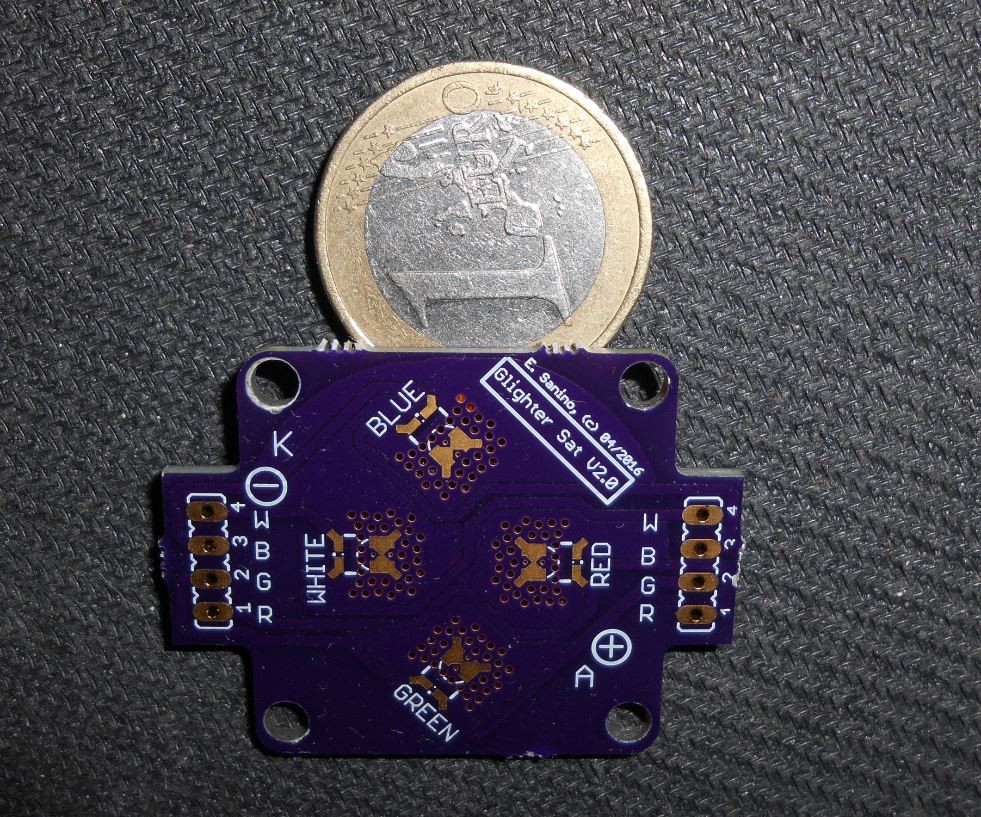 After soldering:
After soldering: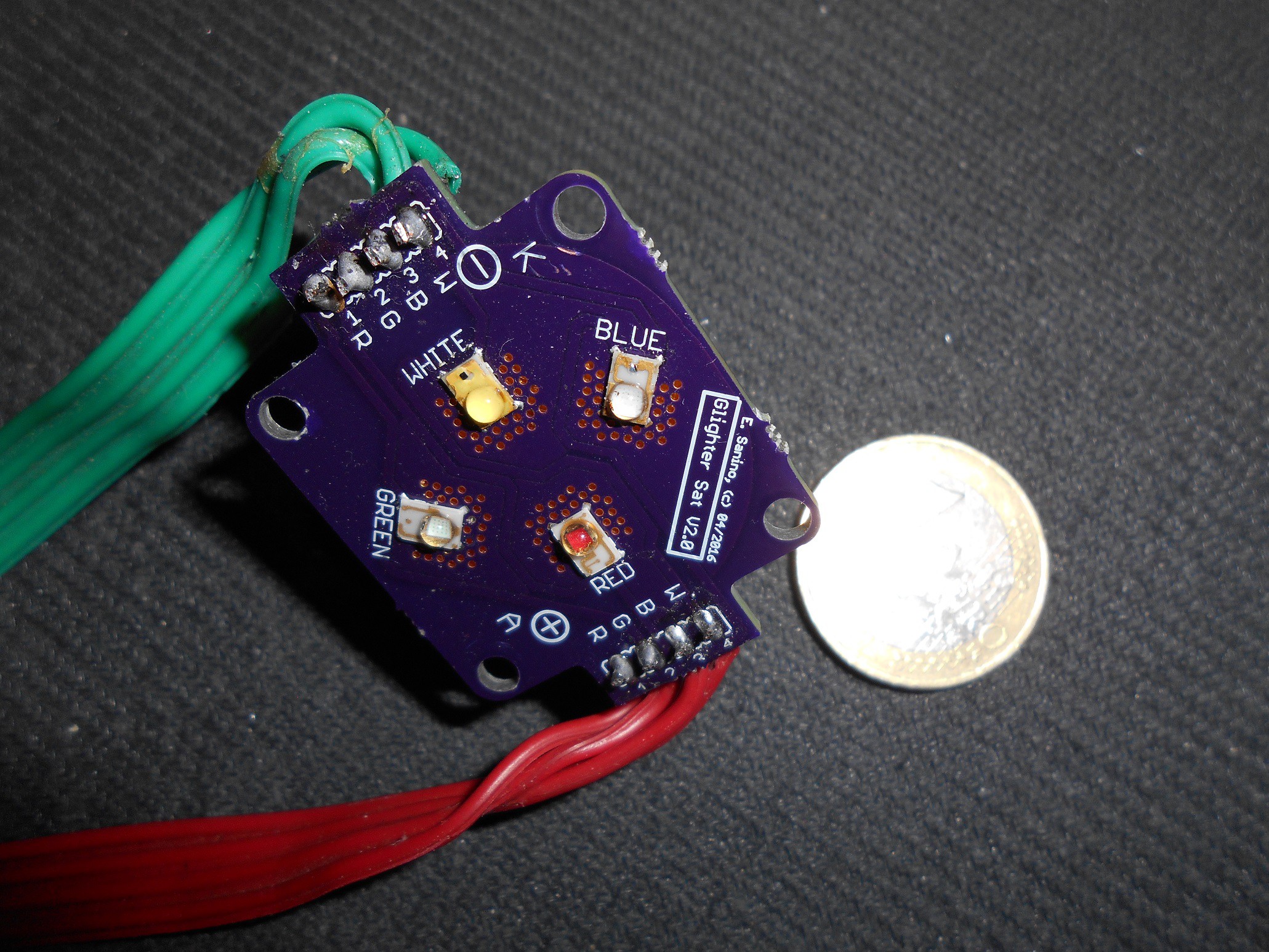
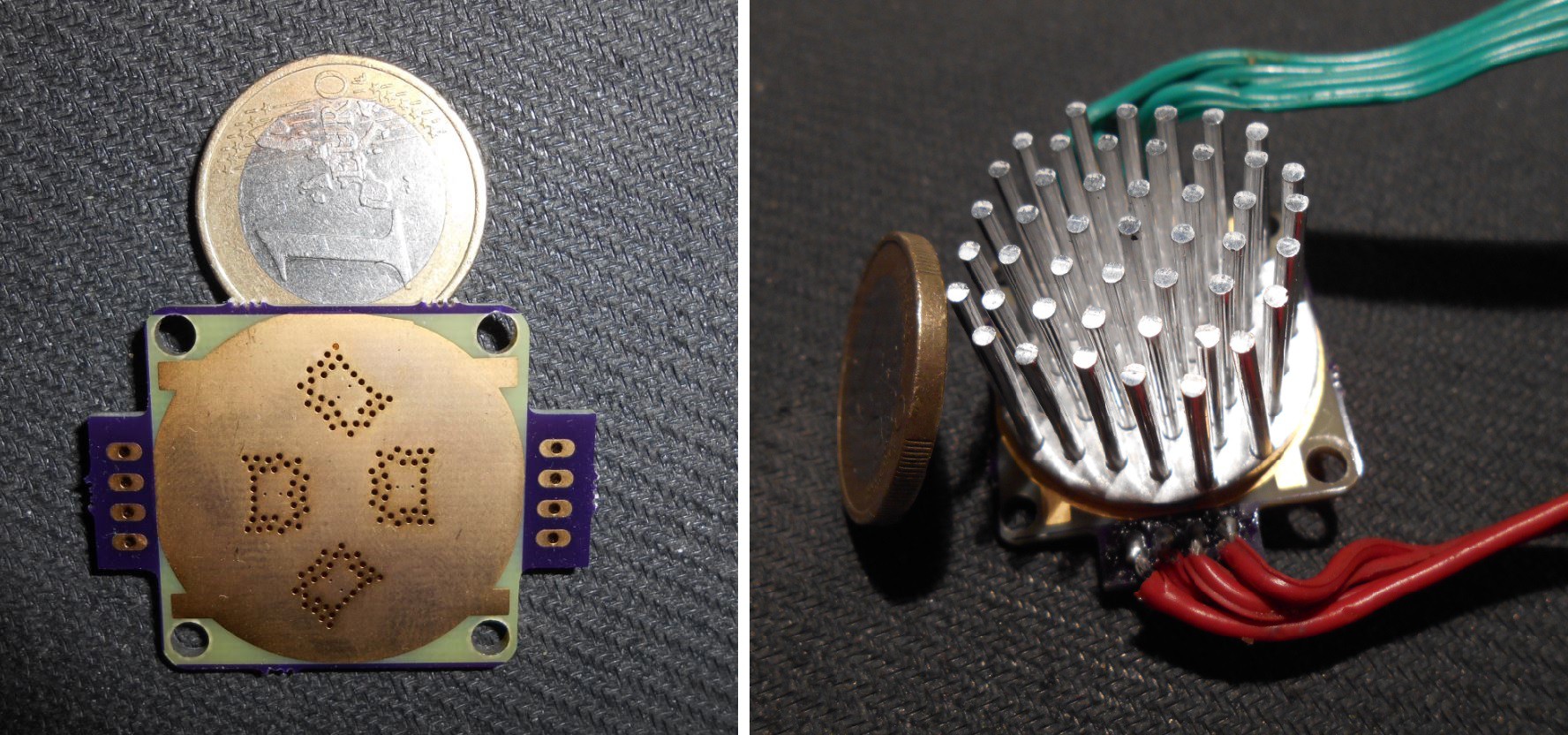
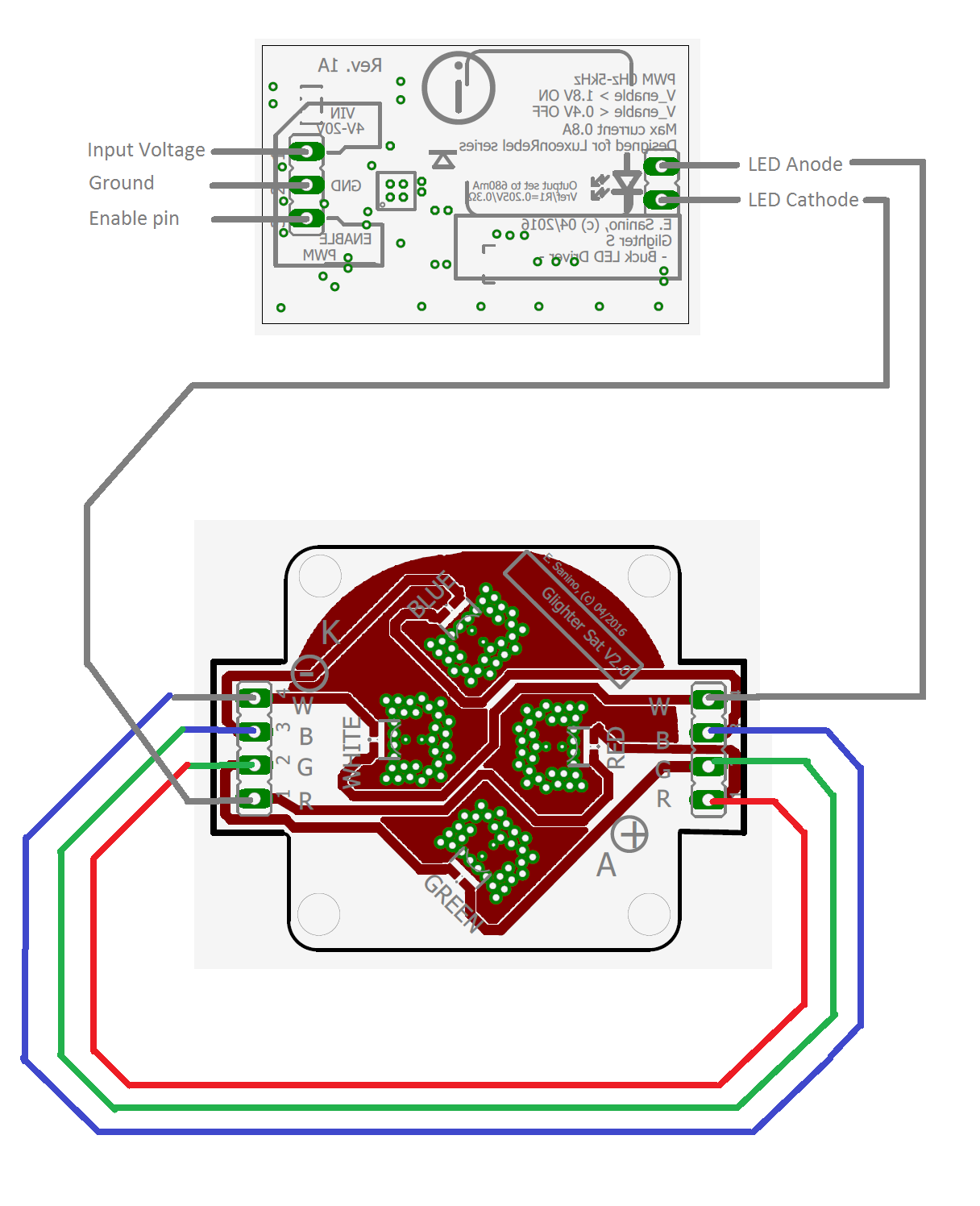
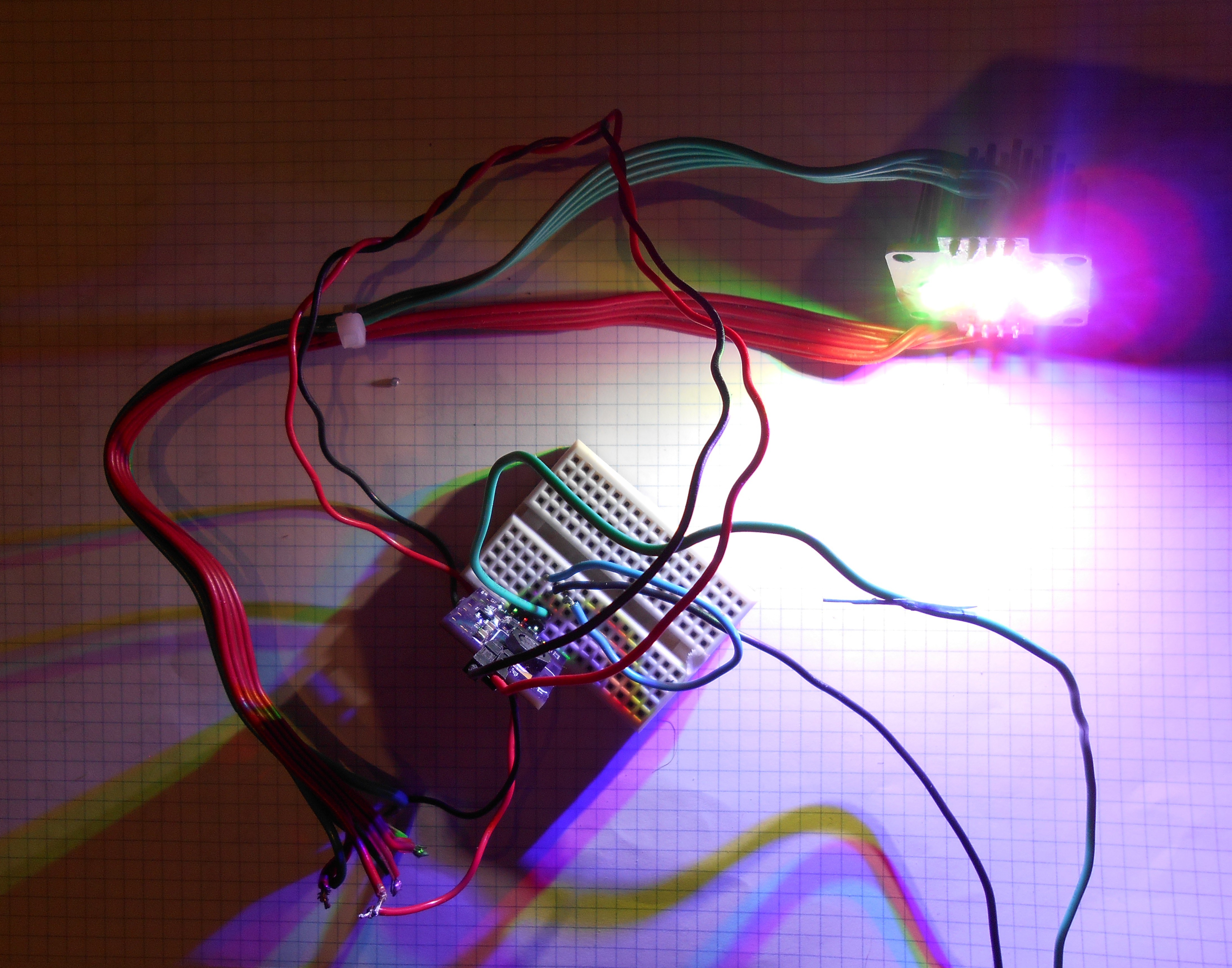
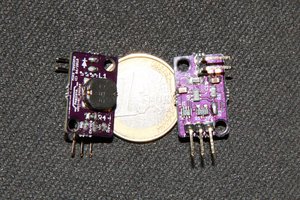
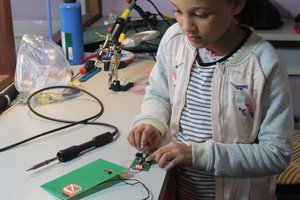
 Yann Guidon / YGDES
Yann Guidon / YGDES
 Tim
Tim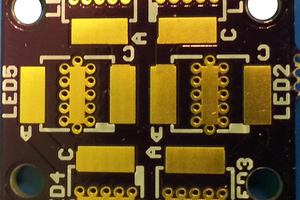
 Joe George
Joe George